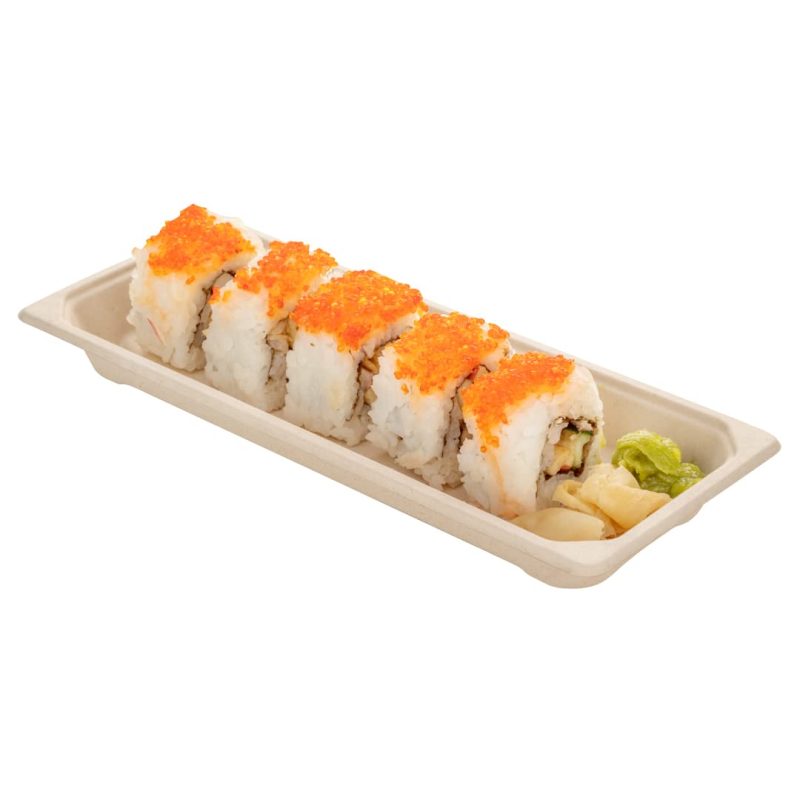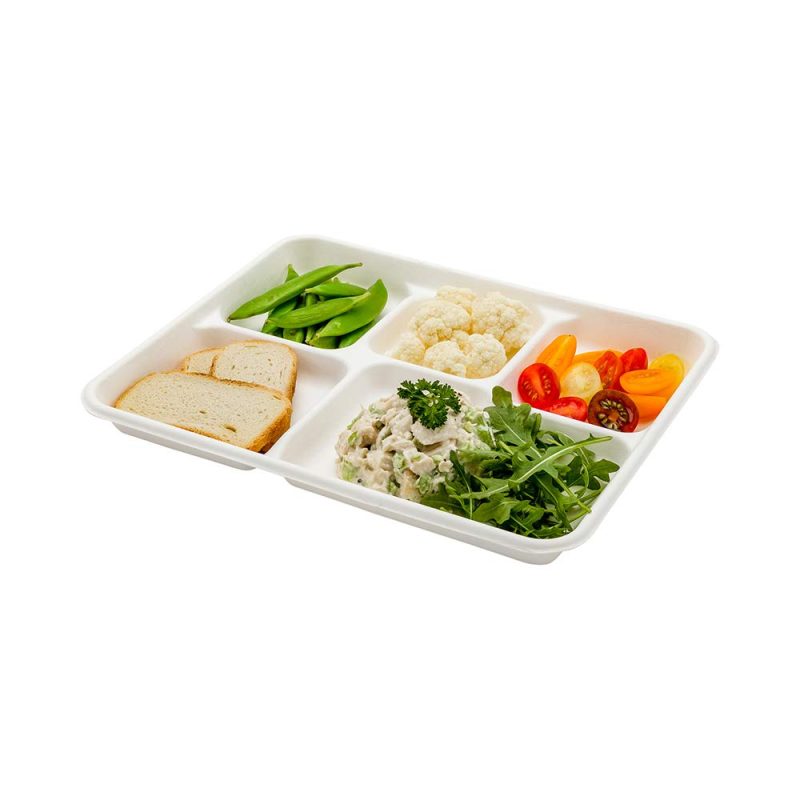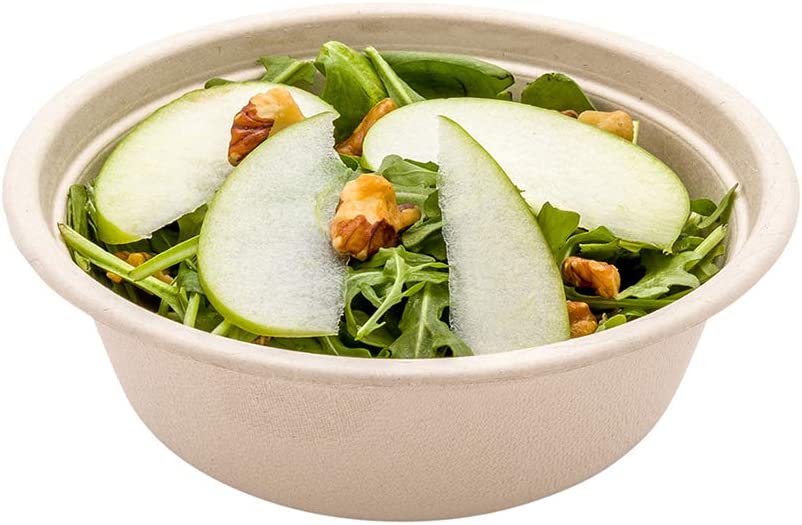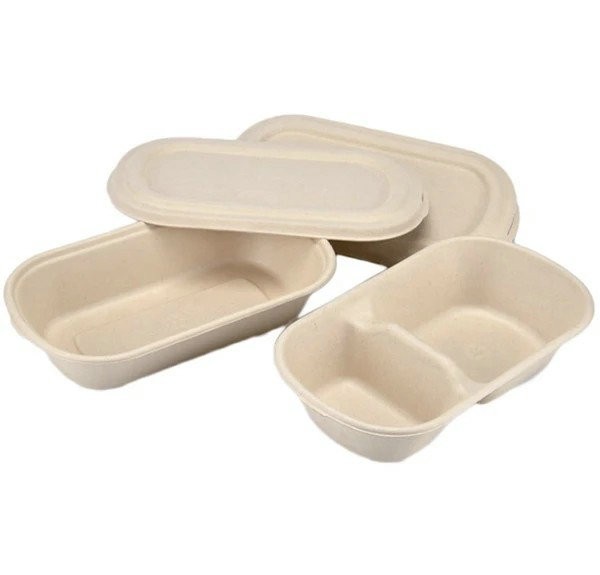There are several compelling reasons why food service establishments should opt for the use of compostable food containers. These containers offer a range of benefits that not only align with environmental sustainability but also contribute to improved operational efficiency and customer satisfaction. Below, we explore some of the key advantages of incorporating compostable food containers into your food service operations:
8 advantages of using compostable food containers for your food service operations
- Environmental Responsibility: Eco-friendly food containers are a sustainable choice that helps reduce the environmental footprint of food services. By using these containers, businesses can significantly decrease their contribution to plastic waste and its associated detrimental effects on ecosystems. Composting these containers diverts organic materials from landfills and reduces methane emissions, promoting a healthier planet.
- Regulatory Compliance: Many regions and municipalities are implementing stricter regulations and policies aimed at reducing single-use plastics. By switching to compostable food containers, food service establishments can stay ahead of these regulations and demonstrate their commitment to environmental responsibility, potentially avoiding fines and penalties.
- Enhanced Brand Image: Embracing compostable food containers can be a powerful marketing tool. It allows businesses to position themselves as eco-friendly and socially responsible, which can resonate positively with environmentally conscious customers. A commitment to sustainability can enhance brand loyalty and attract new patrons who prioritize sustainability in their dining choices.
- Customer Satisfaction: Compostable food containers are often associated with freshness and quality. They are designed to maintain the integrity of food, ensuring that it remains hot, fresh, and visually appealing when served to customers. This can enhance the overall dining experience, leading to higher customer satisfaction and potentially increased return visits.
- Versatility and Performance: Compostable food containers are available in a wide range of styles and sizes, making them suitable for various culinary offerings, from salads to hot dishes. They are designed to withstand heat and moisture, ensuring that the food inside remains at the desired temperature and texture until it reaches the customer.
- Reduced Costs: While the initial cost of compostable food containers may be slightly higher than traditional plastic or foam alternatives, they can help food service establishments save money in the long run. Composting programs often result in reduced waste disposal costs and potential tax incentives for businesses that demonstrate commitment to sustainability.
- Employee Morale: Employees in food service establishments may feel a sense of pride working for a business that prioritizes sustainability. Using compostable food containers can boost employee morale and engagement, leading to a more motivated and satisfied workforce.
- Community Engagement: By implementing compostable food containers, food service establishments can engage with their local communities and participate in sustainable initiatives. This can lead to partnerships, collaboration, and a stronger presence in the community.
In summary, the adoption of compostable food containers in food service operations is a strategic and responsible choice that aligns with environmental goals, regulatory compliance, and the preferences of a discerning customer base. The numerous benefits of compostable food containers make them a valuable investment for businesses aiming to enhance their brand image, improve operational efficiency, and contribute to a more sustainable future.
Haplast manufactures compostable food containers tailored to satisfy a wide range of customer requirements:





